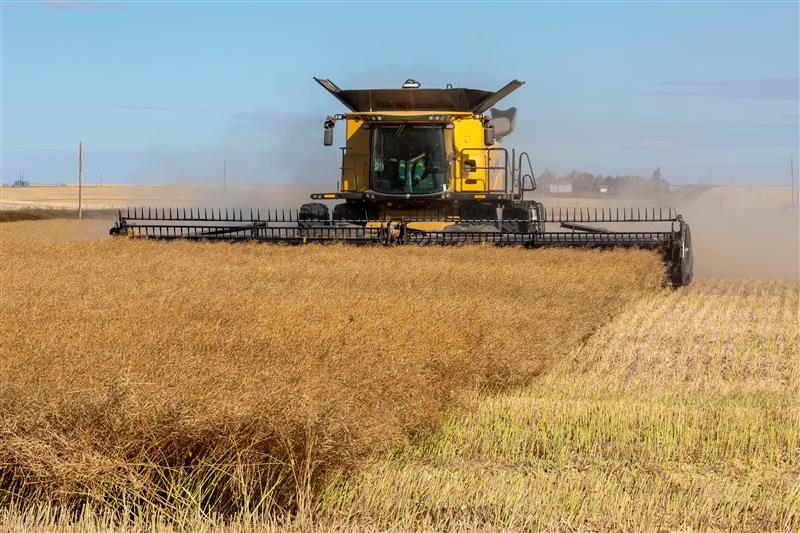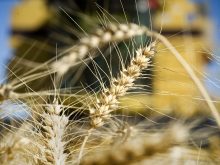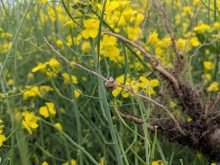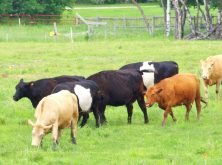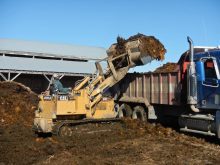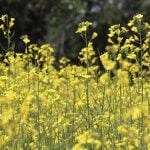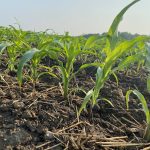Experienced cattle buyers can tell an animal’s sex, weight, breed type, and age with a quick glance.
But Edmonton veterinarian and feedlot owner Jake Burlet wanted to know more.
He wanted to know what the previous owners had fed the cattle, where the cattle were raised, and if they were given vaccinations or treated for an illness.
“We thought it would be a great value to us to acquire the information as well as the commodity,” Burlet said. “The commodity has changed hands, but the information hasn’t transferred with the animal.”
Read Also
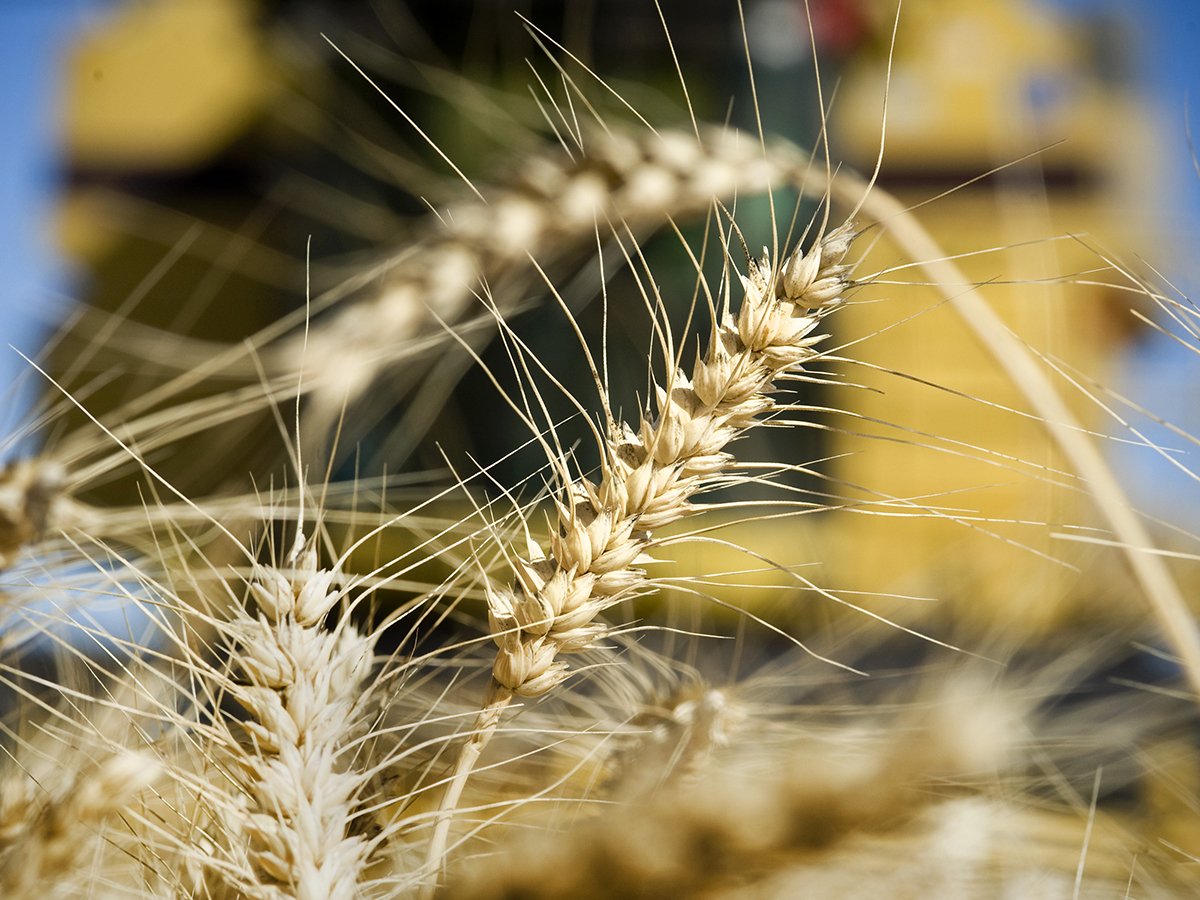
European wheat production makes big recovery
EU crop prospects are vastly improved, which could mean fewer canola and durum imports from Canada.
Burlet and his partner Jennifer Wood knew the stumbling block was to maintain some kind of identification that would follow the animal from birth through the feedlots to the packing plant.
The breakthrough came when Canadian Cattle Identification Agency ear tags became mandatory on Jan. 1, 2001. The tags, with their own personalized bar codes, are designed to stay on the animal from the time they leave the original farm until they die. The tags will be used to trace the animal in case of a disease outbreak.
Information chain
Burlet has used the CCIA individual cattle identification number to design Viewtrak.com, an internet-based computer program that will allow cattle’s historical information to be passed along with them.
“We’ve had very positive response at the cow-calf level.”
Burlet said people from around the world have contacted him about the technology.
Whitecourt, Alta., cattle producer Owen Nelson said he has entered the information from his cattle herd in the Viewtrak database and will be adding calving information once his 35 cows calve.
“I’m hoping someone buying the calves will see a value in it,” said Nelson, who will also enter vaccinations and treatments.
Nelson is also using Viewtrak as his farm’s cattle management program. Instead of buying expensive software he will combine information now recorded on scraps of paper onto one program.
Burlet said a French farmer is interested in using the technology to show consumers his beef is safe. While the technology wasn’t designed with mad cow disease in mind, it may help battle eroding consumer confidence in meat.
“He (the French farmer) wanted to be able to show quickly and efficiently to help answer any concerns about production practices,” Burlet said.
IBP, one of North America’s largest meat companies, implemented a feeding certification program this month that requires anyone who sells beef to its plants in Canada and the United States to sign an affidavit saying the animal was not fed ruminant meat and bone meal.
Burlet said large companies like IBP, and feedlots that buy cattle can use Viewtrak technology to determine an animal’s history. He said the technology received a positive reception during a recent Alberta Cattle Feeders’ Association meeting.
“It was extremely well received from the cattle feeding segment of the industry.”
Steve Quinn of Sobeys, which is the second largest food distributor in Canada, said he could envision a time when all retailers will ask for an animal’s history.
“It won’t happen overnight, but it will happen,” he said.
“In the future, all retailers, including Sobeys, will look at a program where we can look at the cattle.”
By promoting the Viewtrak system to cow-calf producers, Burlet hopes the information chain will be maintained throughout the animal’s life. If the system gets widespread acceptance, consumers will also be able to know the animal’s history when they buy meat in the grocery store.
“It’s a collection of production information so they can better identify products with high quality.”

